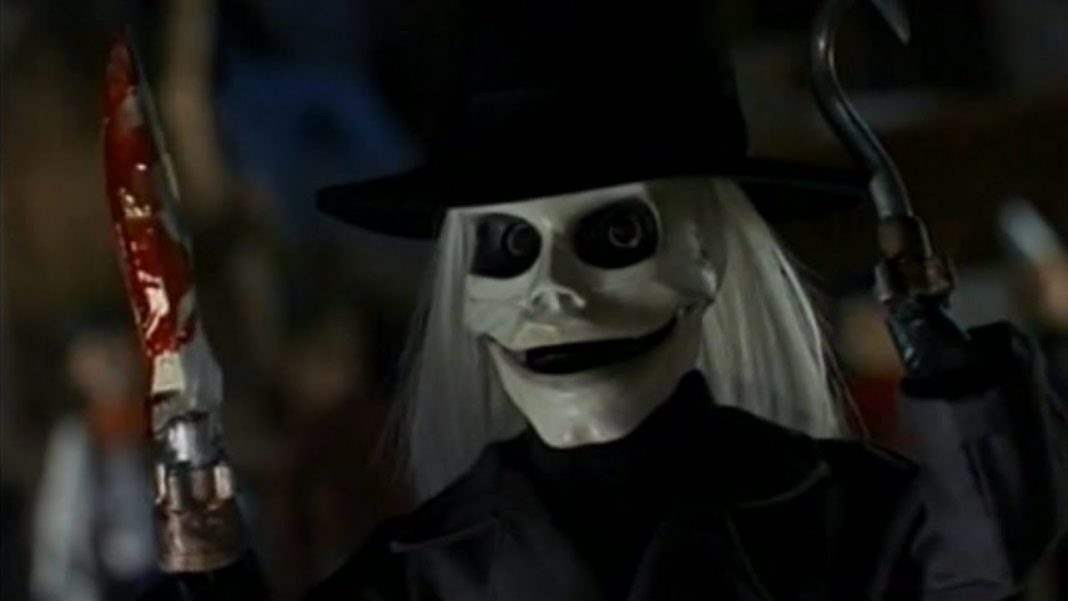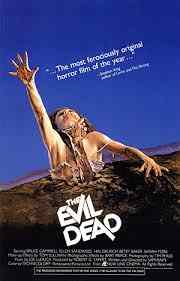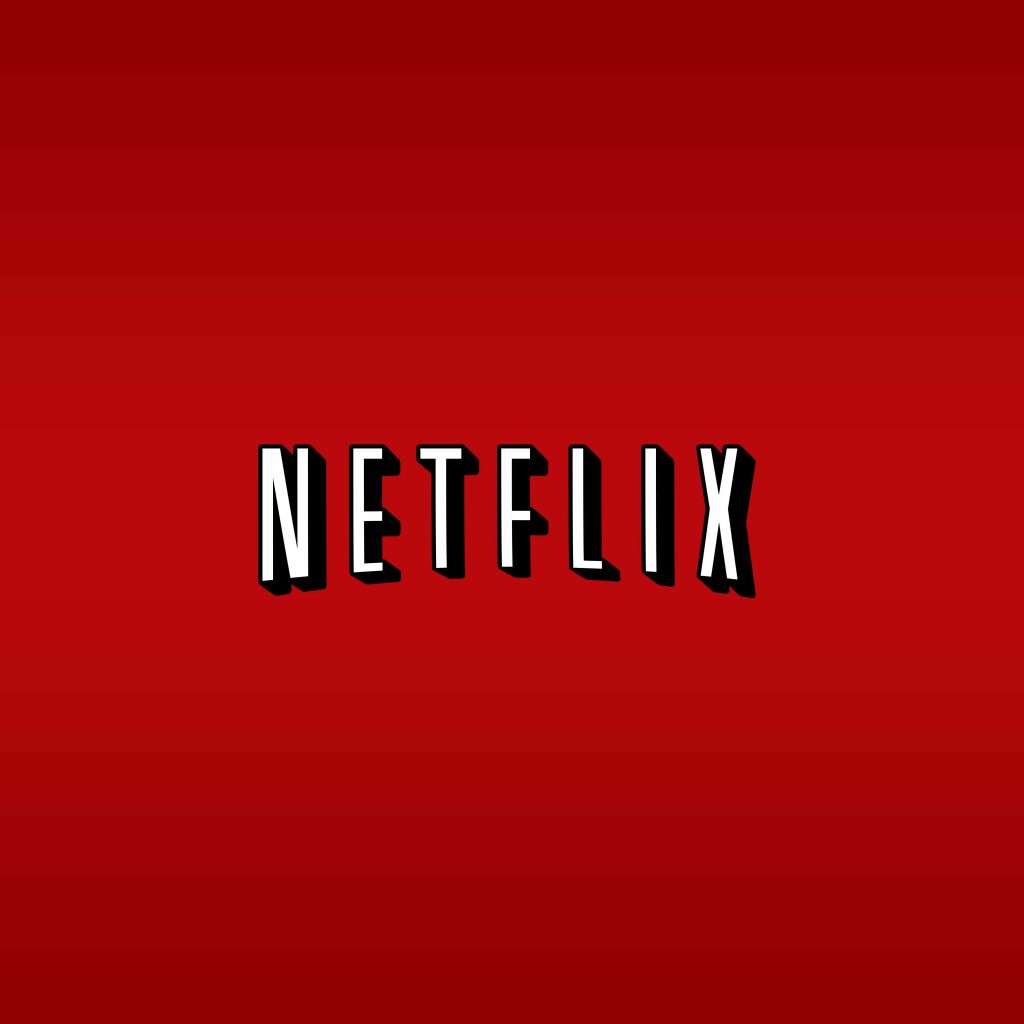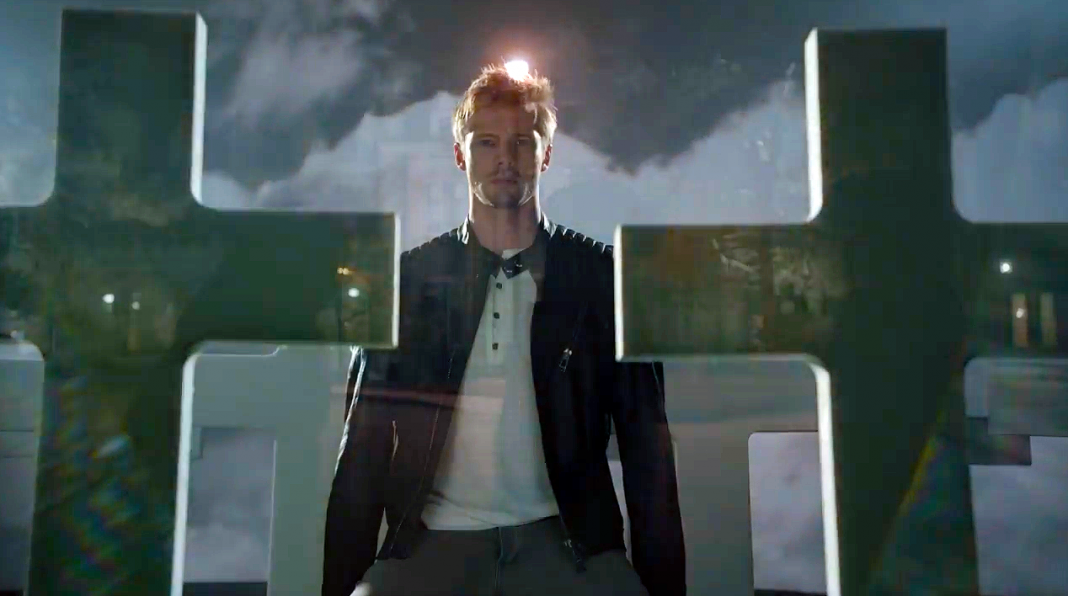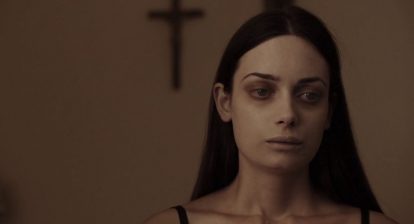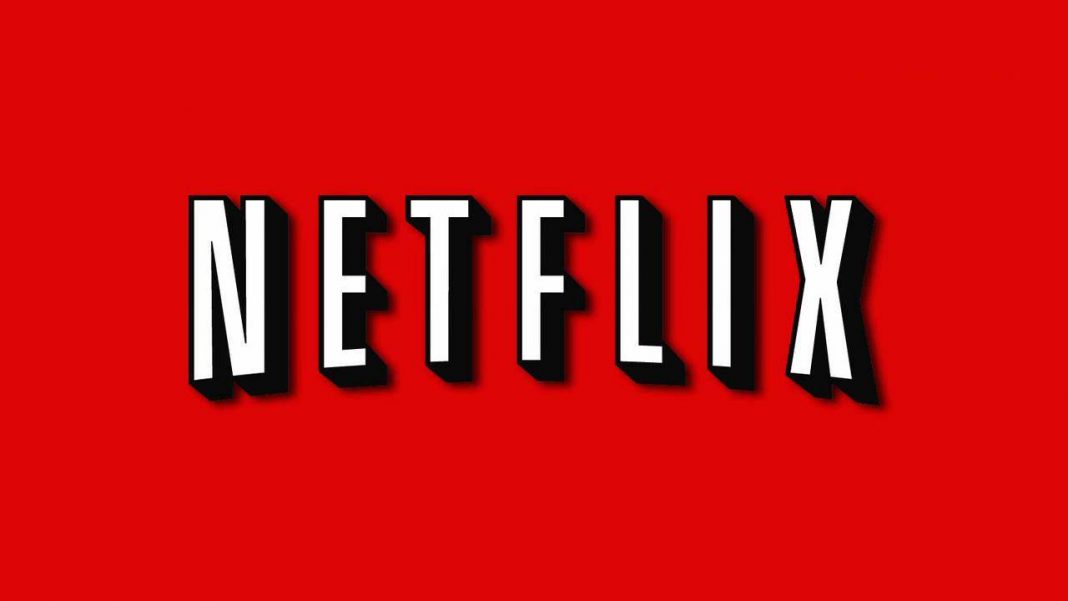I can readily admit the usefulness of the streaming era. It would be foolish of me to say that things are not more practical or are not easier now. I think everyone can appreciate the immediacy of streaming content. If there’s a particular title you’re in the mood to watch, then—through any variety of outlets—you can find it and start watching right then. No fuss, no muss. What’s not to love about that?
But in many ways, it does as much harm as it does good. We could look at the effect on the industry as a whole as people are still figuring out the fine details of how to make a profit off of it. Instead of going into these huge, circular, vague areas, let’s focus on one: home video.
Now, doesn’t that phrase already sound archaic? The video market is dead, and it had been going that way for a long time. Still, right up until only a year or two ago, direct-to-video (DTV) horror films were commonplace. Now, they’re all but gone. It’s doubtful that too many people mourned them, but as a child of the ‘90s, I grew up on DTV horror.
Video, as a whole, boomed in the ‘80s. Everything began to cater to that market, both on film and on television. Video stores were huge. For our younger readers: video stores were libraries for movies, where you would go and pay a small fee to rent any flick of your choosing. Most of my generation, some of our earliest, best horror memories were had in video stores. I myself would browse the shelves constantly as a child. Everything was about the discovery. Everything was new. I would just examine the box art and read the backs endlessly, taking way too much time before I eventually picked something out.
This was the market, back then, that horror was made for. The late ‘80s saw the beginnings of straight-to-video entertainment, which would truly boom in the early ‘90s with companies like Full Moon, Vestron and Vidmark. As a kid, of course, I didn’t realize that so many of the movies I was watching had never gone to theaters. You don’t really think about things like that when you’re young and kids have a remarkable ability not to be too discerning with quality.
But I can look back on a lot of those movies and see what I loved, why I’m nostalgic, what keeps me coming back. And honestly, if Ghoulies went to theaters, Puppet Master could have done the same. Full Moon dominated the early ‘90s with the Puppet Master, Trancers and Subspecies series, and many, many more. Each made enough money to keep making more and proved that the video model could work. Other companies did the same. DTV horror was in full bloom by the end of the decade, although it had a little less money going into it.

When Netflix arrived, it wasn’t a huge problem, at first. It was just another rental service. A new DVD service, even if done through the Internet. Then two things happened, basically at once. Netflix introduced their streaming service and video rental chains like Blockbuster and Movie Gallery began going out of business. These occurrences, of course, were too big of a hit for production companies that relied almost exclusively on rental revenue to make back their money, and just like that both video stores and DTV films began going the way of the dodo.
 Blockbuster limped on for a long time but most Mom & Pop places had closed long before that. Straight to video horror continued fairly strong into the early 2010s, though standard, expected DTV sequels like Hellraiser: Revelations and Children of the Corn: Genesis, suddenly cost much less than their predecessors. We got our last gasp of DTV in 2013, with sequels like Curse of Chucky and Fright Night 2: New Blood. And honestly, if those two had been released even a year later, I think they would probably have been given the standard VOD/limited theatrical combination that most horror movies now seem to get.
Blockbuster limped on for a long time but most Mom & Pop places had closed long before that. Straight to video horror continued fairly strong into the early 2010s, though standard, expected DTV sequels like Hellraiser: Revelations and Children of the Corn: Genesis, suddenly cost much less than their predecessors. We got our last gasp of DTV in 2013, with sequels like Curse of Chucky and Fright Night 2: New Blood. And honestly, if those two had been released even a year later, I think they would probably have been given the standard VOD/limited theatrical combination that most horror movies now seem to get.
The industry is always changing. It is constantly adapting to the times, often defining the times as well. It follows new standards in order to set whatever will be the standard for however long a period of time. I can’t see straight-to-video making a comeback in an age where video is no longer relevant. Blu-ray companies managed to stay afloat by finding their niche and marketing directly toward the collectors. That’s what companies like Scream Factory and Arrow have excelled at. Viewing platforms have changed so completely that, honestly, I don’t see DTV making a comeback, big or small. I’d like to be proven wrong, but I’m not sure how it would work. I think at this point, we have to accept our favorite straight-to-video horrors (I’m certain we all have at least one) are relics of a bygone era.
